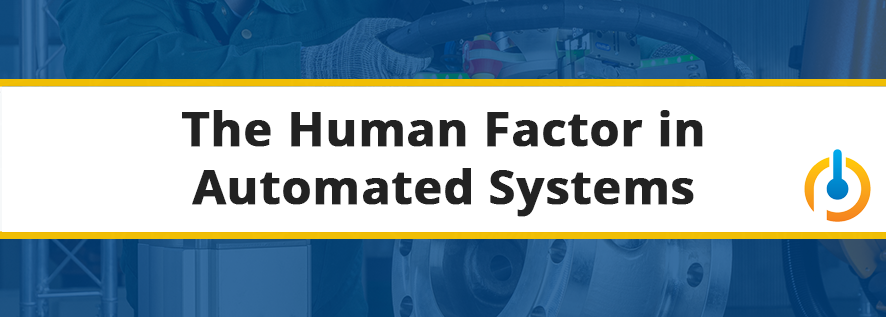
As technology advances and better automation systems are made to perform various functions, it reduces the need for human workers in manufacturing. While this technology has been developing rapidly, there are still many flaws in the system. Some people might think that either having a fully automated shop or a staff of able workers would be the optimal choice to run their manufacturing process. Another and quite possibly a better option is to have an automated system run by workers that are intertwined.
Collaboration Between Humans and Automated Systems
Some benefits of an intertwined system between automation and humans like this include:
- Easy access to current OEE information
- Real time productivity results and no stress motivation for workers.
- Engaged workers who can make active decisions to fix problems.
When an automated system is properly functioning, it can easily transmit information about how it is working to managers. This means that when notified, operators will be able to access all of the information on system performance and will be able to find any problems and have them fixed immediately. This information is accessible at the touch of a button which is ideal to save time.
Should production drop, the system should function to notify workers to inform them production is lower than usual. This can provide motivation to the employee that allows them to stay focused without needing another employee to tell them to pick up the pace. An automated response can also keep stress low for workers as opposed to having a boss coming to their station and pressuring them to keep production levels up.
Engaging with Automation
Automated systems can fully replace workers in certain areas like where absolute consistency is necessary over and over again and in possibly dangerous jobs, but will most likely not take over every job. Because manufactures will not use just automated systems, it is necessary to have skilled workers that are invested in working with the system to achieve a high efficiency.
When workers are invested in working with their tools, they can make a big difference in productivity. When a worker feels like they are part of something bigger and understand how they are contributing, they will stay educated in their practices so they can work their best. When workers are confident in their work, they will be able to make executive decisions to fix issues as soon as they occur.
Moving Forward
Navigating the future of automated manufacturing can be a daunting task as manufacturers consider how to integrate existing systems — and people — with automation solutions. With a team of engineers experienced in a broad range of automation and industries, Premier Automation can offer nationally ranked system integration for companies seeking a better way to manufacture. Reach out to us for a free consultation and our engineers can bring your automation system into the future.



